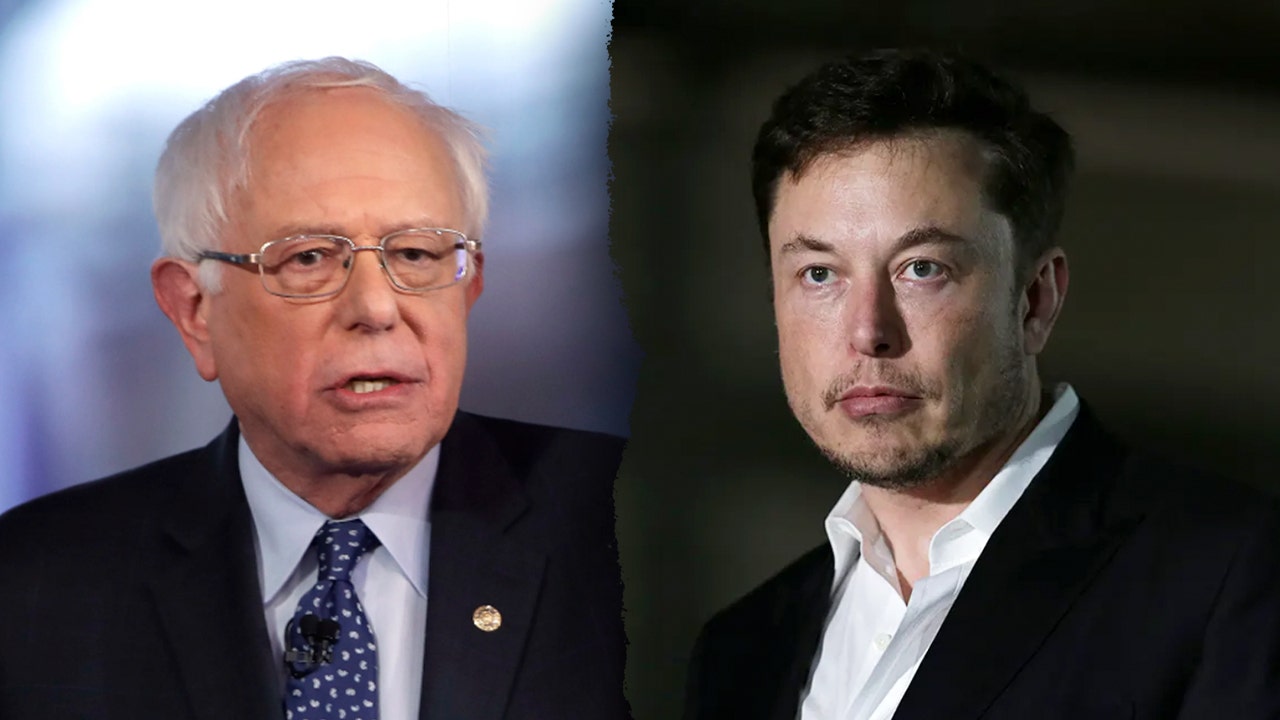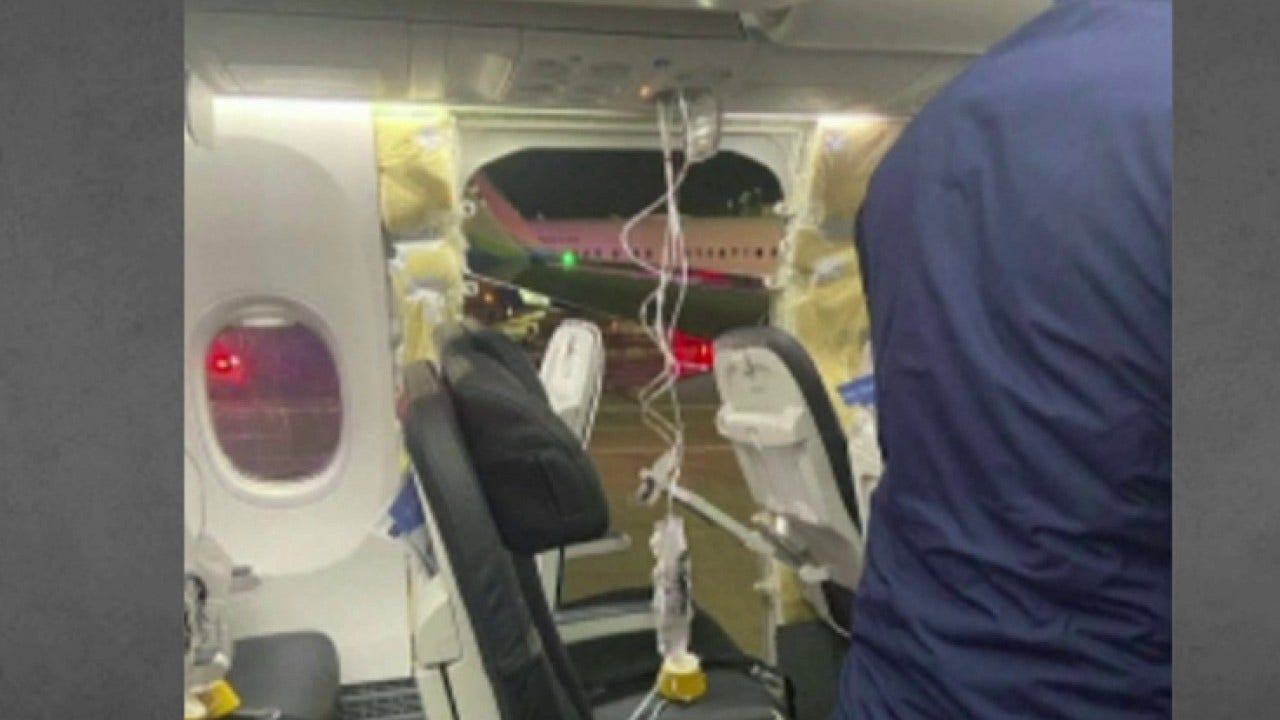Bussiness
Why airline loyalty doesn’t pay off like it used to
- Airline rewards programs have faced scrutiny over dynamic pricing and devaluation practices.
- Frequent flyers feel burned as airlines adjust rewards, and the DOT is investigating.
- Dynamic pricing can affect point values, leading some customers to prefer cashback over miles cards.
Sean Brown, 46, has logged close to 2 million miles on Delta, his preferred airline. But his loyalty is waning as dynamic pricing and devaluation practices have made their way to airline rewards programs and left some customers feeling burned.
“Unfortunately, there’s been a pretty seismic shift in the industry,” the healthcare IT executive said, adding, “That has really not sat well with me.”
For years, some customers have forgone cheaper or more convenient flights from other airlines so they could earn points and perks with their preferred brand. Frequent flyers would get rewarded for their loyalty with predictable exchange rates to turn points into more flights, seat upgrades, and lounge access, among other perks.
But as air travel ramped up and more and more customers got in on the points grind airlines have gotten much more flexible about how they value rewards, offering some for cheaper and some for much more.
It’s caused some previously loyal customers to jump ship — and even Washington is stepping in. In September, the Department of Transportation announced it was investigating major airlines’ reward devaluation and dynamic pricing practices.
Secretary of Transportation Pete Buttigieg told BI he wants to understand the effect that these programs have on competition, and whether they’re dissuading customers from getting the best price.
“One of the biggest concerns is devaluation. So the points are worth something one day and something else,” Buttigieg said. “Another is some of the hidden pricing where the value of rewards is unpredictable or is concealed.”
For Brown, the calculus has already shifted from spending on his preferred airline to whatever gives him the best value.
“I’ll just tell you, the sentiment in the plane — doesn’t matter where you sit if you’re in the front, the middle, or the back,” Brown said, “everyone is pretty pissed off at the fact that they’re getting gouged left and right.”
How points changed
Concern with how airlines calculate, redeem, and communicate about rewards points has reached Capitol Hill.
In May, Consumer Financial Protection Bureau Director Rohit Chopra and Buttigieg held a joint hearing on airline and credit card rewards. They wanted to investigate how credit companies might be devaluing their rewards or using what the CFPB called a “bait-and-switch scam” to lure in customers.
“Our initial review of the fine print suggests that credit card companies and airlines have the power to quickly and dramatically devalue those points by making it more challenging to redeem them or by limiting the inventory that can be purchased with points,” Chopra said in prepared remarks.
Buttigieg said he’s not interested in telling airlines or credit cards how to run their programs — instead, he just wants to ensure that they’re transparent, consistent, and fair. He’s also trying to figure out how to put his points to use: He and his husband want to use points toward a family trip after his job with the Biden administration winds down.
But his points may not hold the same value as they used to. Brett House, a professor of economics at Columbia Business School, said that airlines “have progressively rejigged their frequent flyer programs to require higher and higher bars to get access to clubs and other amenities or privileges that those programs provide.”
It’s a confluence of several different factors. First, to attract more customers after the 2020 slump, credit card companies issued all kinds of new perks and ways to earn points, such as higher sign-up bonuses or more points on things like restaurants and food delivery. On average, sign-up bonuses were worth $326 in 2022 — a nearly 20% increase in value since 2019, the CFPB found.
In response, customers hoarded those points, using their balances as a savings account for future travel. The CFPB found that by 2022, cardholders had an average of $156 worth of untouched rewards.
But with appetites for flights high in the wake of the pandemic, Gilbert Ott, the director of partnerships at the travel platform point.me, said there was a “logjam” — due in part to airlines struggling to scale back up again.
“When flights were coming back, they were completely full,” he said. That made it a tough sell to convince airlines to make more point seats available, Ott said. To sell a seat for points, rather than cash, it really needed to be worth their while.
Enter: Dynamic pricing.
Airlines have long used fluctuating pricing strategies, but applying them to points and rewards is more recent. The practice has spread to other industries to help companies continually adjust to the highest price customers are willing to pay based on various factors like timing and demand.
American Airlines told BI that dynamic pricing allows them to offer some flights at lower rates. It does seem to work that way sometimes: As The Wall Street Journal reported, the lowest award flight cost on the carrier dropped after it rolled out dynamic pricing.
Delta, Southwest, and American all noted that they offer no blackout dates for rewards. Southwest said that it will continue to offer “uncapped reward seat availability and points that don’t expire.” A Delta spokesperson said that members can redeem points for things beyond vacation and flights, including premium drinks in its Sky Clubs, cheaper seat upgrades, and checked bags.
All of this adds up to a lot of guesswork in the points game. As Buttigieg notes, airlines used to provide charts showing just how much a flight would cost in points.
“I do think it’s an interesting question to consider: Should there be some publicly sponsored source of information that at least tells you what you can expect from the airlines?” Buttigieg said. “But honestly, right now, it’s so complex and convoluted, I’m not even sure such a thing is possible.”
American told BI that it’s “the only major U.S. carrier to continue offering an award chart to help guide members in mileage redemptions,” and a search of other airlines did not turn up results for any others.
United reportedly got rid of its chart in 2019, and Delta reportedly pulled their chart even earlier. A United spokesperson said that since it moved to dynamic pricing in 2017, roughly half of its customers have gotten flights “for fewer points than our fixed award chart offered.”
A rollercoaster of rewards’ values
Thanks to dynamic pricing, depending on demand or timing, a flight might cost 500,000 points on some days and 50,000 on others. By one measure, the average economy rewards prices across almost every airline have risen since 2019.
An analysis from IdeaWorks found that, on average, mileage and point prices have risen by 28% since 2019. But there are still deals to be found. Ott’s point.me compares points’ values across different airlines and rewards programs. Dynamic pricing, he said, has brought some redemption costs down.
“There are some airlines that charge far less now in economy and just a little bit more in business,” Ott said. “But because of the dynamic pricing, you have dates that are 500,000 points and a million points — because there’s a seat now available with points on every flight, and there’s only some dates where the lowest prices are available. “
For Meir Statman, a professor of finance at Santa Clara University and author of a book on financial behavior, the points game is getting “entirely iffy” and he has moved away from miles cards entirely — instead, he wants cash back.
He’s not alone. While airline credit card rewards remain popular, cashback rewards have become the leading motivator for consumers to open new credit cards, per a report from EMARKETER.
J.D. Power’s 2024 US Credit Card Satisfaction Study found that most cardholders are using cashback cards — consumers said that they were opting for the cards due to their lack of fees and were using the cashback rewards more frequently as a credit on their monthly statement.
“People figure out that those points for miles are not worth it, Statman told BI, adding, “When I’m getting a thousand miles and I thought that it was worth a cent per mile and now I find that this is worth, God knows what, but surely less than a cent per mile, I may as well get 1% in the form of a dollar than in the form of a mile.”
Are you giving up on points or loyalty rewards? Contact this reporter at jkaplan@businessinsider.com.










